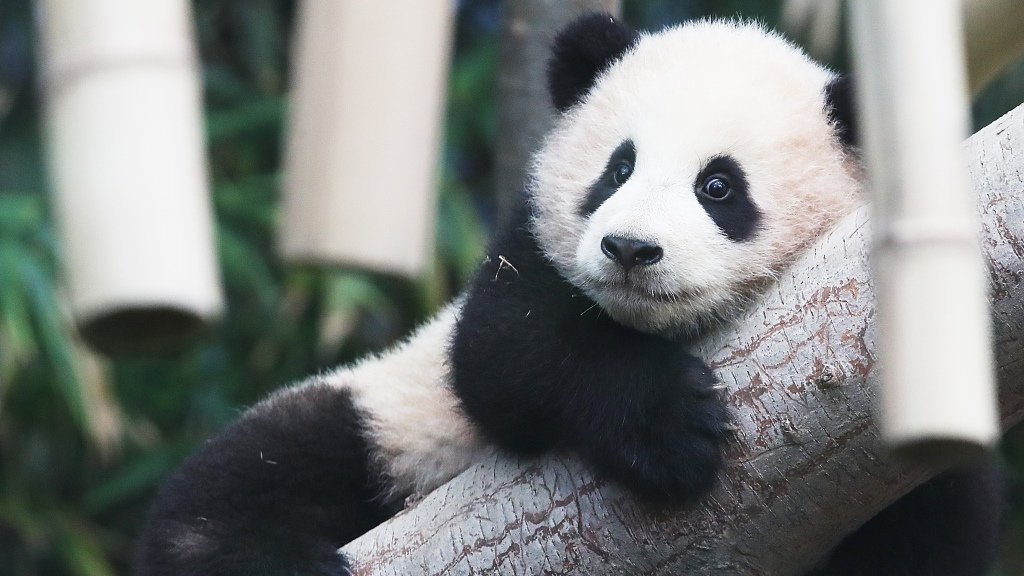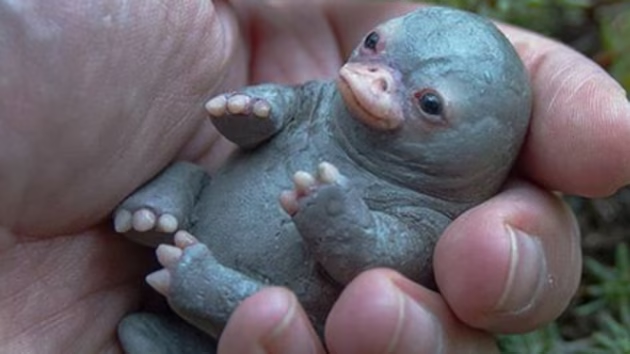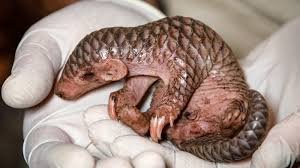
baby pandas
Baby pandas, also known as panda cubs, are some of the most beloved creatures in the animal kingdom. With their round faces, black-and-white fur, and adorable antics, baby pandas have captured the hearts of people all over the world. However, these little cubs are much more than just cute; they have fascinating life cycles, survival challenges, and play important roles in their ecosystem. In this article, we’ll dive into the world of baby pandas, exploring their development, behavior, and the conservation efforts that help protect them.
What Makes Baby Pandas So Special?
Baby pandas are incredibly unique compared to other bear species, largely due to their small size at birth and the delicate care they require in their early stages of life. They are one of the most endangered species on the planet, making their survival even more important. Despite their small beginnings, baby pandas have a powerful connection to nature and play a critical role in the bamboo forests they call home.
Why Are Baby Pandas So Cute?
Pandas, especially as cubs, are widely considered some of the cutest animals on Earth. Their black and white fur, large eyes, and chubby bodies make them irresistibly adorable. This cuteness factor is partly due to the way their appearance triggers human nurturing instincts. In fact, their large heads and wide eyes are characteristics that naturally evoke an affectionate response. Learn more about why we find baby pandas so endearing in our animal behavior guide.
The Life Cycle of Baby Pandas
Panda cubs have a slow and delicate start to life. Here’s a breakdown of their life cycle:
1. Birth – The Early Days (0-2 Months)
At birth, panda cubs are incredibly tiny. They weigh only about 100-200 grams (roughly the size of a stick of butter), making them one of the smallest newborns among all mammals. Despite their small size, they have a strong bond with their mother, who will care for them constantly. Panda mothers typically give birth to one or two cubs, but the survival rate is highest for the first cub. During this stage, the cubs rely entirely on their mother for warmth, nourishment, and protection. To learn more about the birth process and early care, visit our panda birth and cub care guide.
2. Infancy – Growth and Development (3-6 Months)
After the first two months, baby pandas begin to grow quickly. They start to gain weight and develop more physical characteristics, including their distinctive black and white fur. By around three months, cubs begin to open their eyes and show more curiosity about the world around them. During this stage, their mothers continue to nurse them, and they start to develop their sense of smell and taste. You can read more about their early growth in our baby panda development guide.
3. Juvenile Stage (6-12 Months)
By this age, baby pandas start to become more active and begin to explore their environment. They begin to play with their mothers and their surroundings. Cubs start eating solid food, including bamboo, but they still rely on their mother’s milk. The transition to solid food is gradual, and pandas continue nursing until they are about 1 year old. For more about this stage of development, check out our panda juvenile behavior section.
4. Independence – Leaving the Nest (12-18 Months)
At this stage, panda cubs begin to show independence from their mothers. Though they may still stay with their mothers for some time, they are now able to explore and forage for food on their own. Cubs learn important survival skills, such as climbing trees, foraging for bamboo, and navigating their environment. Mother pandas typically encourage their cubs to become more independent around 18 months. To learn more about the independence of panda cubs, check out our panda independence guide.
The Role of Baby Pandas in the Ecosystem
Panda cubs, although adorable, are an essential part of the larger bamboo forest ecosystem. The bamboo they consume plays a major role in the forest’s ecology, and the pandas themselves help to maintain balance in the ecosystem.
1. Bamboo Forests and Habitat Maintenance
Pandas are considered keystone species in their habitat. By eating bamboo, they help to regulate bamboo growth, preventing it from overtaking other plant species. This helps maintain the balance of the forest ecosystem. Learn more about the role of pandas in bamboo forests in our panda habitat guide.
2. Seed Dispersal
As pandas forage, they also contribute to seed dispersal. By consuming bamboo, and then excreting seeds, pandas help promote the growth of new bamboo plants, supporting the regeneration of their habitat.
The Challenges of Raising Baby Pandas
While baby pandas may seem like they have an easy life, their journey to adulthood is filled with challenges. Some of these challenges include:
1. Endangered Species Status
Pandas are endangered, with only about 1,800 pandas left in the wild. This makes the birth of a baby panda a highly significant event for conservation efforts. Habitat destruction, climate change, and low birth rates have all contributed to the panda’s endangered status. To learn more about the conservation efforts for pandas, check out our panda conservation guide.
2. Low Reproductive Rates
Female pandas only have a short window of fertility each year, and the process of mating and giving birth can be challenging. Cubs often do not survive in the wild due to the difficult conditions, making the survival of each cub extremely important. For more about the reproduction process of pandas, visit our panda reproduction guide.
3. Human-Wildlife Conflict
As human populations expand, panda habitats are being increasingly encroached upon, leading to a loss of natural territory. Conservationists are working to create protected areas and corridors for pandas to roam freely. To learn how to help protect pandas, check out our human-wildlife conflict solutions section.
Panda Conservation Efforts
Many organizations around the world are dedicated to saving pandas and ensuring their survival. Here are a few key efforts that focus on baby panda conservation:
1. Breeding Programs
In captivity, there are extensive breeding programs aimed at increasing the panda population. These programs are crucial in ensuring that baby pandas are born in safe environments, and many have led to successful births. Learn more about panda breeding programs in our conservation and breeding guide.
2. Habitat Preservation
Protecting the habitats of pandas is essential for the survival of baby pandas. Governments and organizations are working to establish and expand panda reserves in China, where the majority of wild pandas live. To learn more about the importance of panda habitat preservation, visit our habitat protection guide.
3. Rehabilitation and Release Programs
Some baby pandas born in captivity are later rehabilitated and released back into the wild. These programs are essential for increasing the wild panda population. For more on rehabilitation and release efforts, visit our panda release guide.
Conclusion: The Future of Baby Pandas
Baby pandas may start out as tiny, helpless creatures, but they grow into strong, majestic adults that play an essential role in their ecosystem. Despite the challenges they face, baby pandas symbolize the hope for a brighter future for their species. Through dedicated conservation efforts, panda cubs continue to be born and raised in protected environments, ensuring that these lovable creatures will be around for generations to come.
By supporting panda conservation, we can help protect these adorable cubs and their habitats, ensuring that they continue to thrive in the wild. So, let’s continue to appreciate and protect baby pandas, because their survival is not just important for nature, but for the future of all wildlife.






